
Artistic mastery gives rise to a fine-tuned ’33 Hot Rod
As told by Chris Leso
Photos by Mike Peters Photography
It’s often our youths that define the things we pursue in life. For me, a love of cars was instilled at a young age by my father, John. He restored a 1964 Corvette while I was growing up, and together we built a 1969 Corvette drag car that we raced for many years.
So the idea of adding liquid resin to a cloth material to create something solid became second nature for me. Maybe it was my early exposure to Corvettes that drew me to the fiberglass version of one of my favorite cars — the ’33 Ford.
Building an open-wheeled hot rod had always been a dream of mine, and it became a real possibility when I came across the Factory Five Racing replica online. The low, stylized profile of the body instantly appealed to me, and it had a high level of mechanical engineering to back it up. I really wanted to make a modern-style hot rod, and I especially liked the dimensions of this car; the roofline and the styling of the panels give it a modern twist that is clean and timeless. I also like how low the car sits — it looks badass!
Modern elements, such as the tube chassis, coilover suspension, disc brakes and power goodies, paired with the look of a traditional hot rod, were all things that excited me in the build. With the lightweight performance and the drivability of a modern sports car, I was hooked and ready to start the project.
After receiving a tour of the Factory Five facilities in March 2015, my father and I loaded the package of components and commenced our snowy, 6 1/2-hour drive home with a trailer full of all the parts and body panels. Once unloaded, I began sorting and taking inventory, as well as reading up and contemplating my build route.
I decided to go with a traditional driveline, a small-block Ford 302 rated at 325 hp and backed by a Ford T5 transmission with a performance clutch. The 8.8-inch Ford rear axle is fitted with 3.55 gears, and the setup goes well in a 2,250-pound car.
I concentrated not only on the fitment of the bodywork, but also on adding plenty of reinforcement. Admittedly there were areas for refinement, as some of the panels needed reworking to fit snugly. The car had to look as good as it performed. Specifically, I cut the side engine-panels and reshaped them to fit the grille perfectly. I also sliced, reshaped and reinforced the lower valence.
In the Factory Five online forum, I read that the hood and trunk have a gap between the outer and inner shells of the fiberglass so that when driving, you’d notice the pieces waving as air got into them. So I cut holes on the inside of the trunk and hood and filled them with resin to reinforce them.
In addition, I installed metal braces to give the trunk a better shape and have a solid foundation for the trunk struts that I added so they would not push the fiberglass out of place. To reinforce the rear of the body, I glassed in a steel tube in the shape of the body on the inside. The doors were built up from the inside with an additional layer of fiberglass, giving them strength to house the custom window channels I used for the power windows.
Many panels were hollow inside, where the outer and inner shells did not meet. So as done on the hood and trunk, I reinforced them by cutting holes on the inside and filling them with resin to help strengthen the panels. The doors, hood and trunk were all reinforced with an additional layer of fiberglass. Lastly, I built custom doorsills that transitioned into the kick panels. I first made a fiberglass mold and then glassed them in, fitting them perfectly.
About eight months alone were spent on bodywork, adjusting fitment along with plenty of block sanding. Primer helped me to find any low or trouble areas that needed to be addressed. After lifting the body off the chassis, it was off to paint. My father, a talented painter, laid down numerous coats of Sherwin-Williams automotive base color and clear. The car was blocked countless times to get the flattest and best-looking finish possible.
With the painting done, I moved onto the next phase of the build. During the long New Jersey winter months, I set up shop in the basement and was able to work on the interior treatment. Using my work experience as an art director, I sketched out several designs of the panels beforehand.
After settling on one in particular, I gathered all the materials needed to start putting panels together. I fabbed them up by bending and polishing aluminum, cutting and gluing panels, and using wire mesh as an accent. Adding in the aluminum trim accents broke up the solid interior color, and polishing made them really pop. Then I upholstered the panels with the material I used on the interior.
I also created a center console from MDF (medium density fiberboard) and covered it in vinyl, matching the curves of the interior while providing some storage. The seat designs were also sketched out, but since I can’t sew, I took them to Victors Custom Upholstery where they were able to bring my drawings to life.
The trunk panels were created to fit and hide all the wiring, gas filler and latch brackets. Through trial and error, I was able to create the interior I envisioned while gaining some newfound skills along the way.
The Raceline wheels on the car were custom made with gunmetal gray, powder-coated centers. The rims measure 18 by 8 inches and 20 by 10.5 inches, the latter allowing for 305 Hankook tires in the rear for maximum “hookage.” The engine, air cleaner and valve covers were all painted the same color, along with the BBK shorty headers that were powder coated to match.
The greatest thing about building a car is the sense that it’s all yours. Factory Five’s tag line is “Built, Not Bought,” and I think that’s a great way to sum up this achievement. Building something with a modest set of tools and with the help of family and friends makes the experience that much more rewarding. People are interested in the assembly process and ask a lot of questions. It’s a fresh creation so I haven’t been able to take it to any shows just yet. I’m looking forward to enjoying the car next summer and also to my next build, where I can use the skills I learned and do it all over again on a different project car.

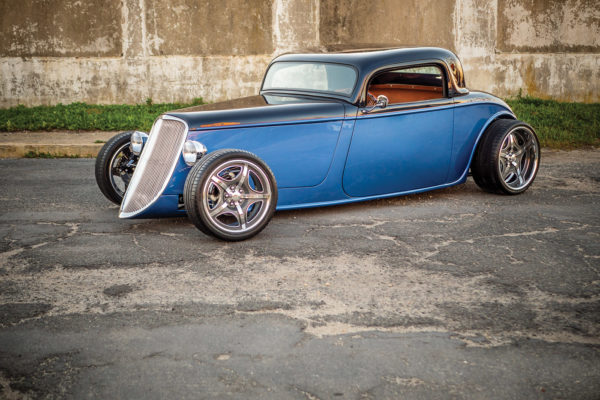
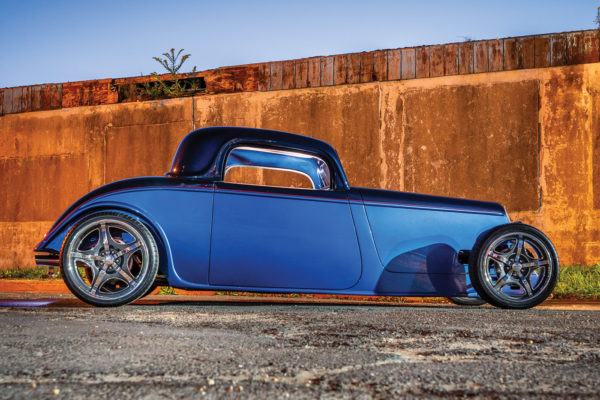
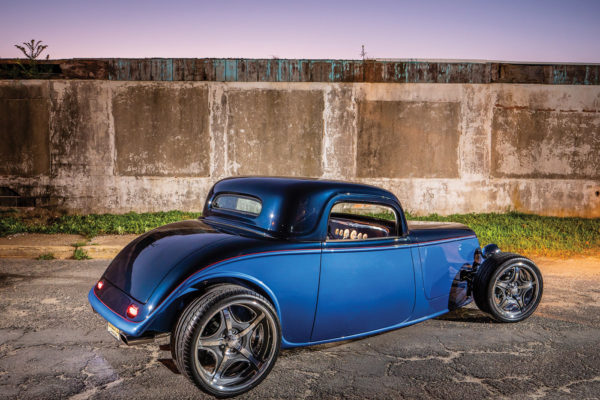
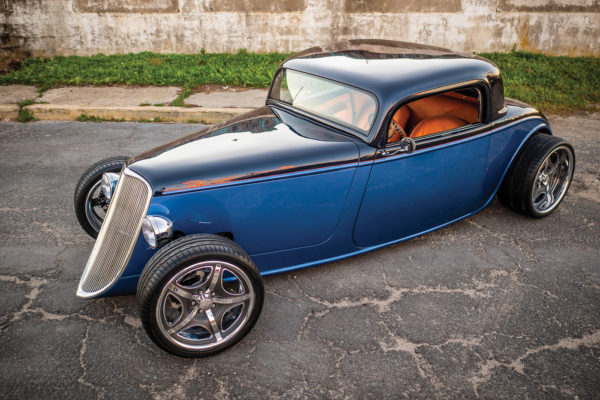
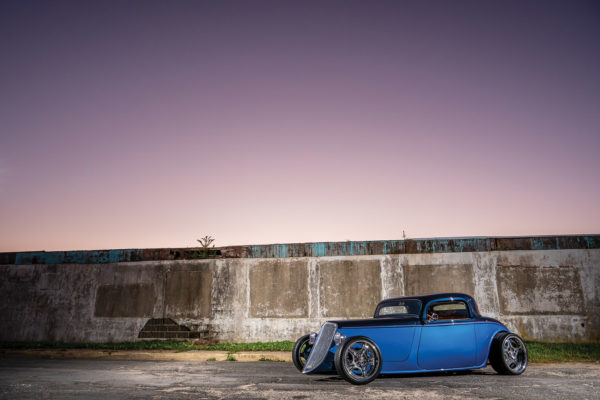
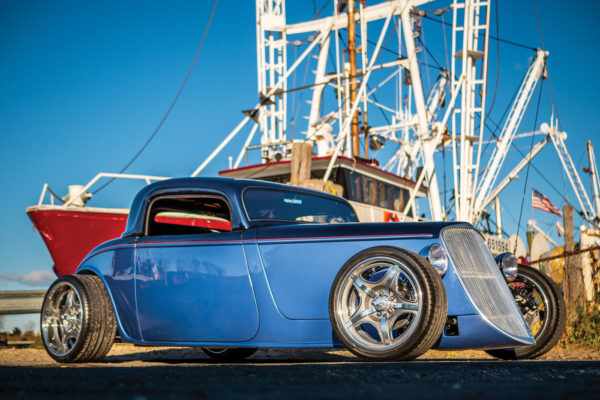
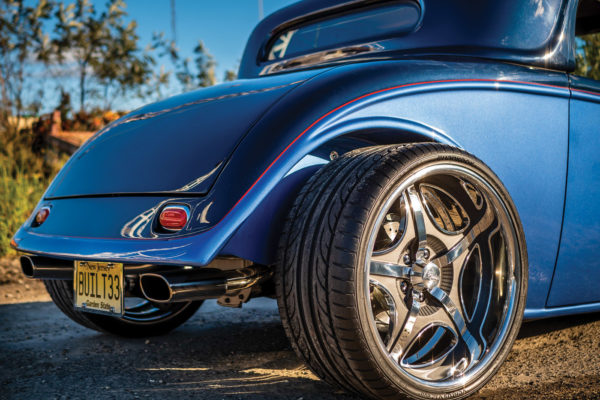
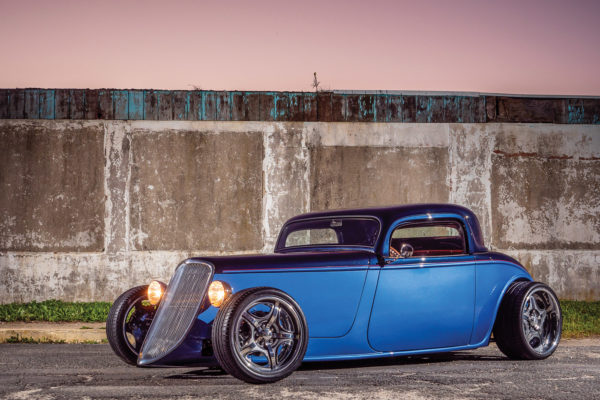
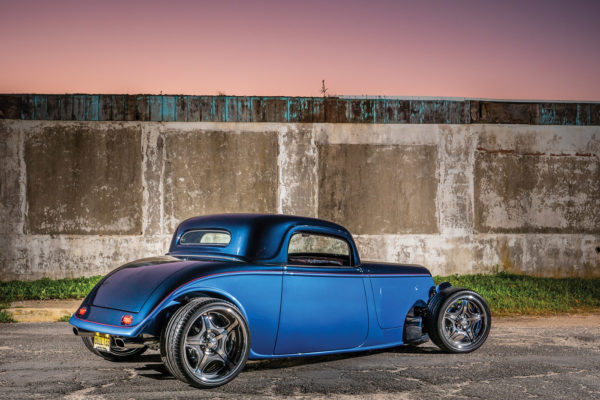
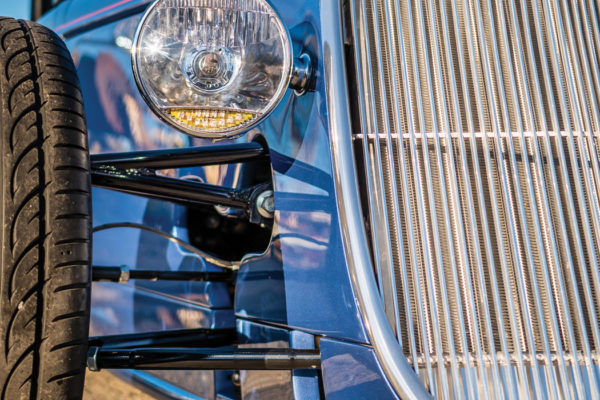
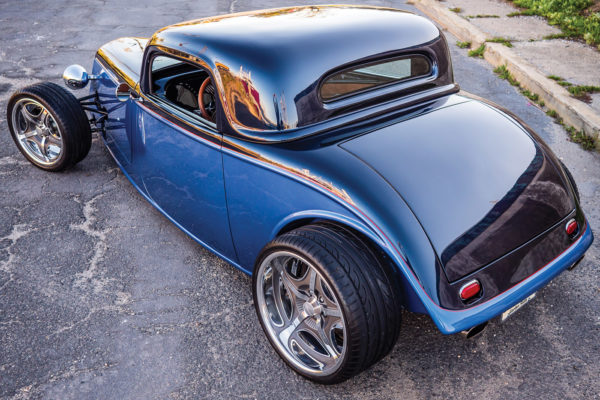
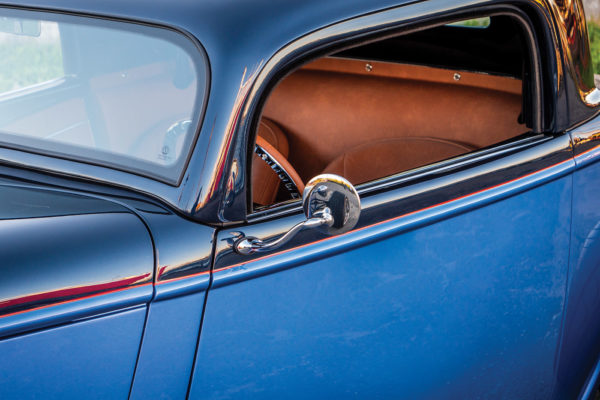
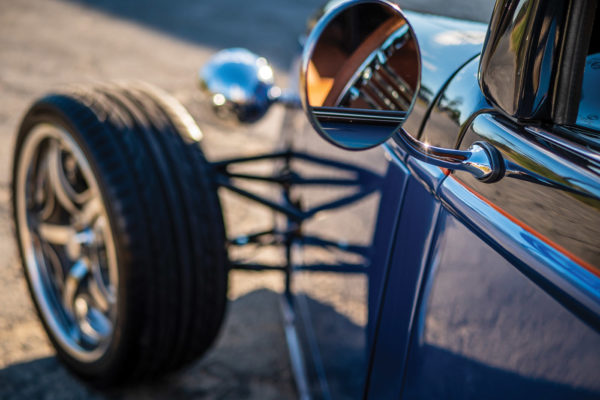
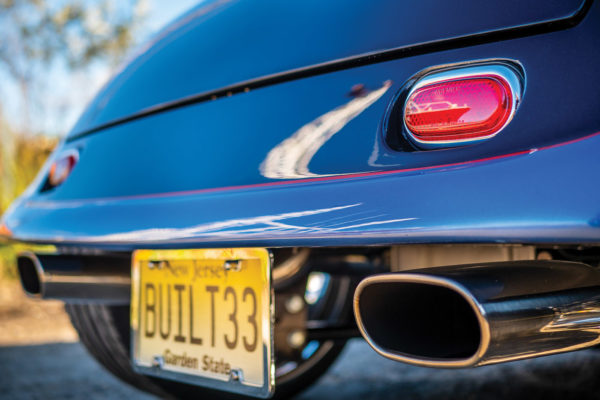
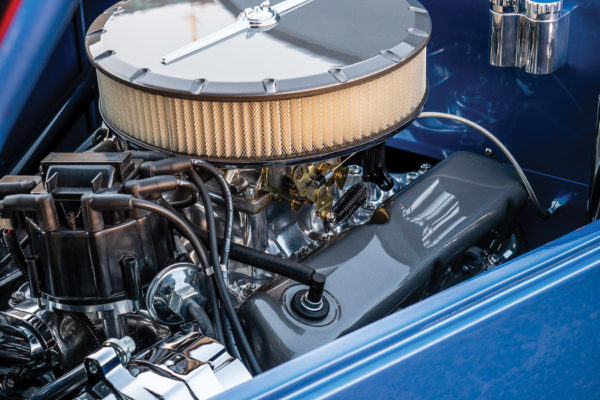
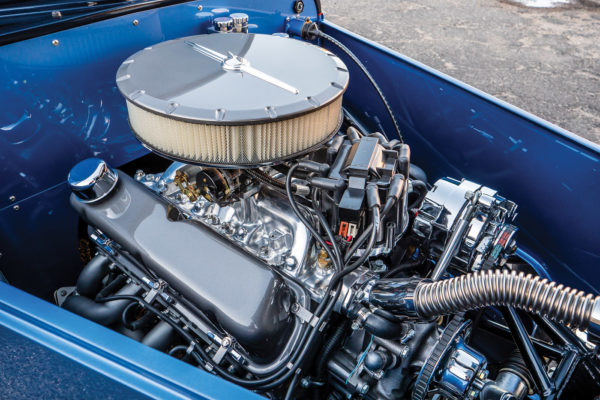
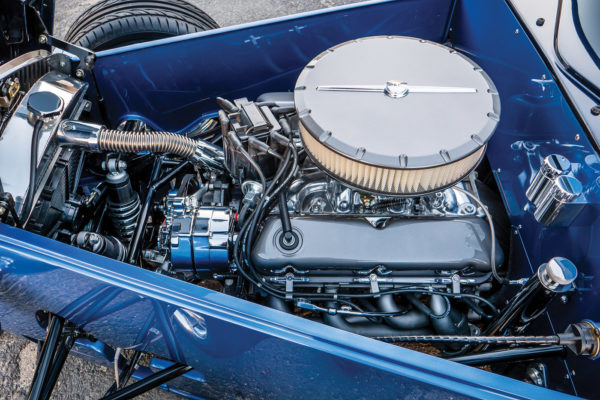
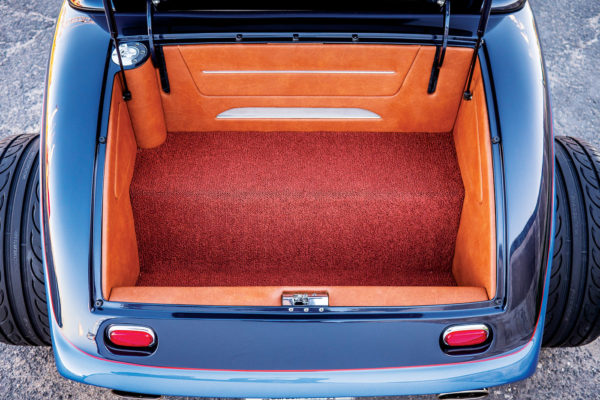
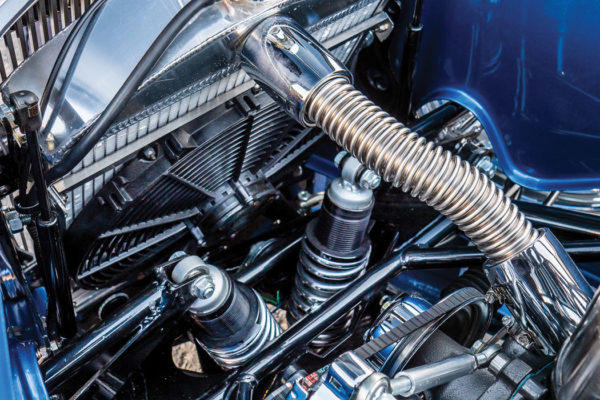
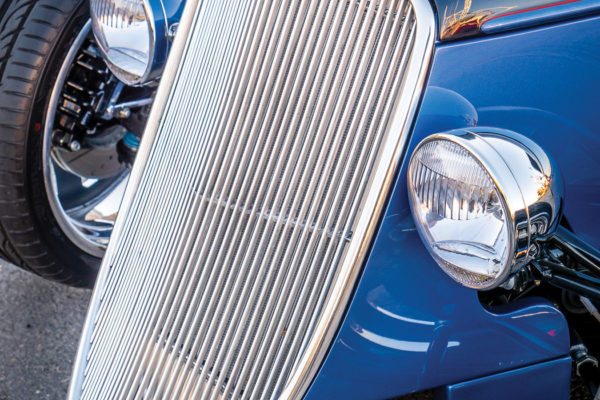
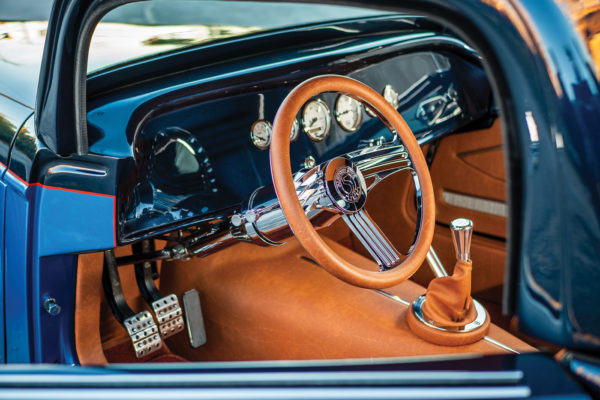
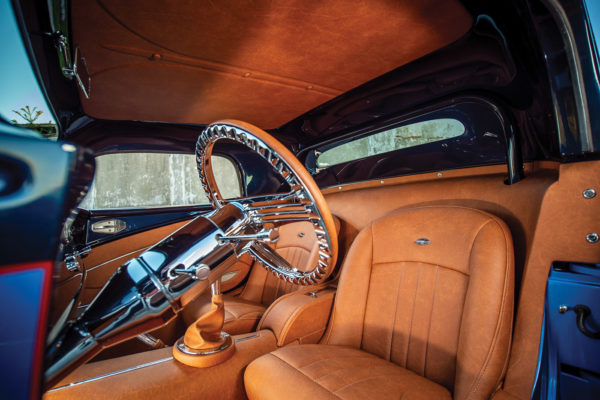
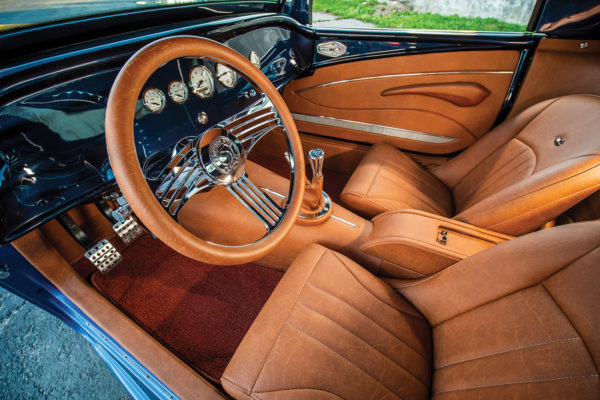
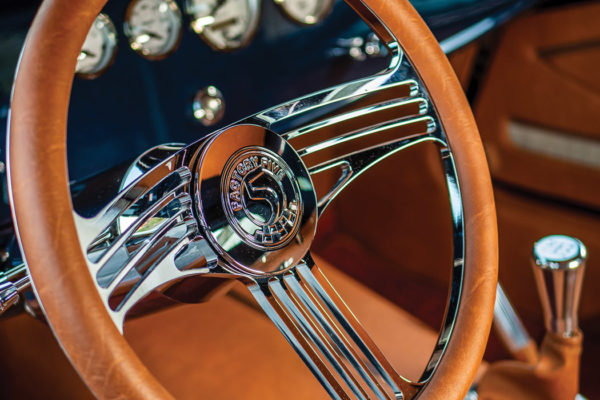
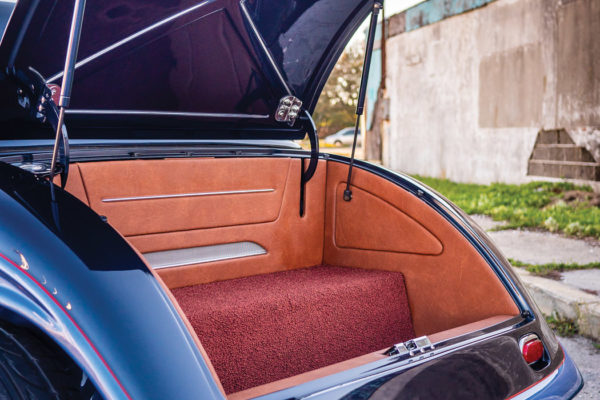
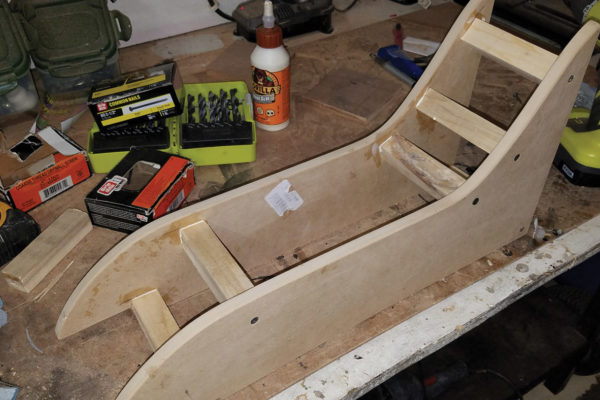
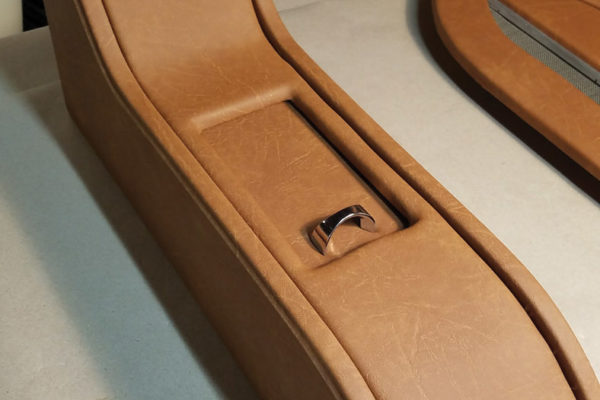
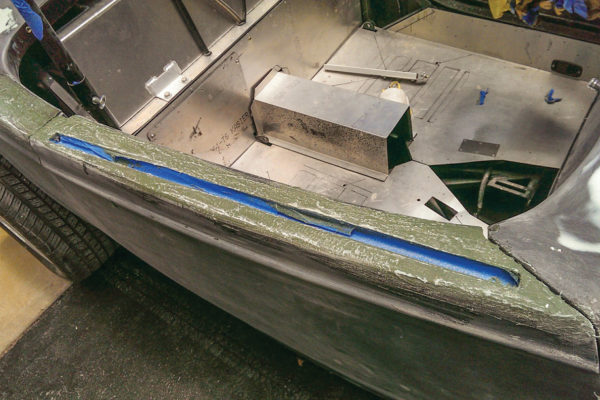
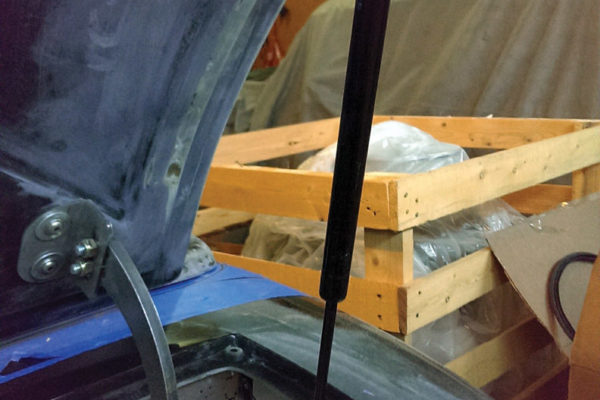
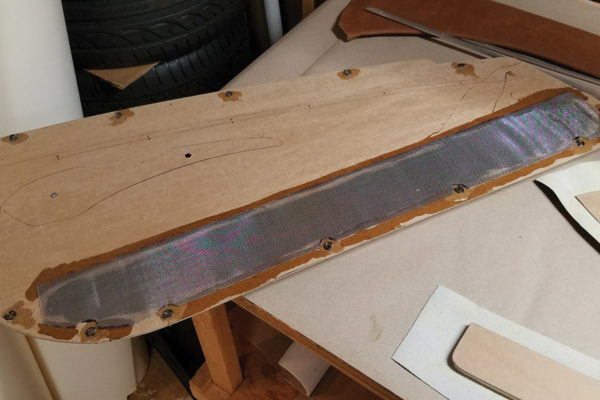
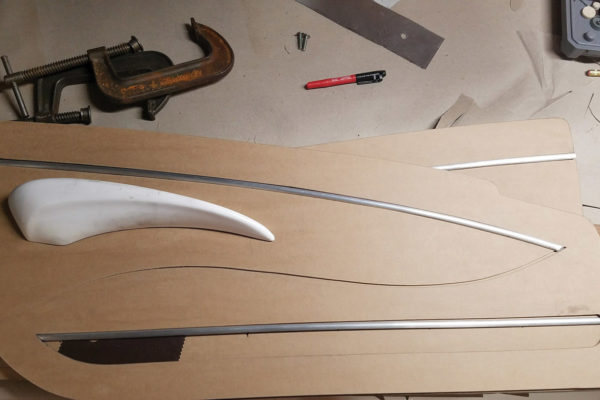
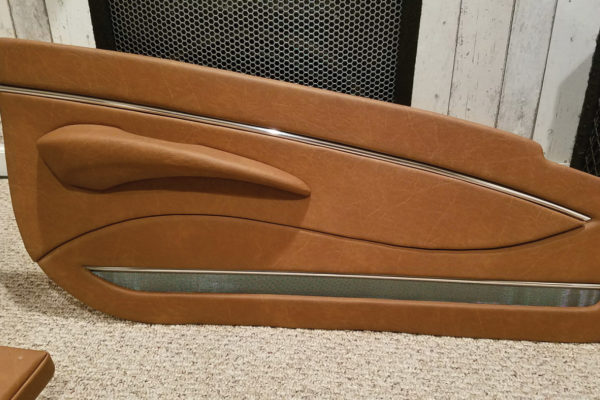
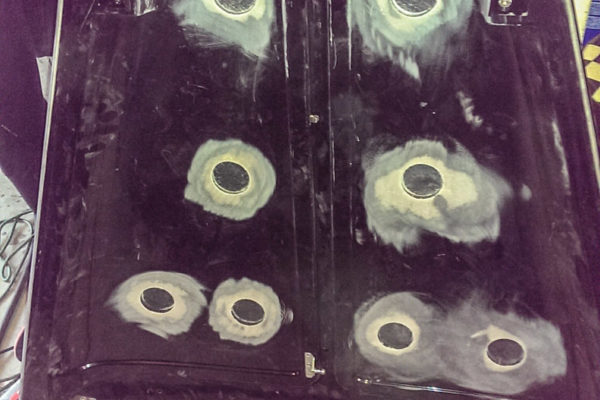
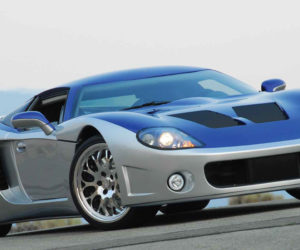
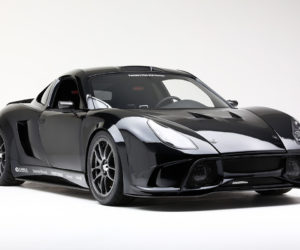
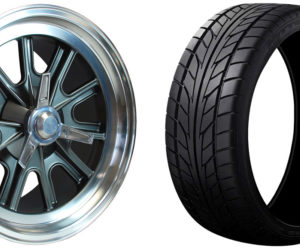
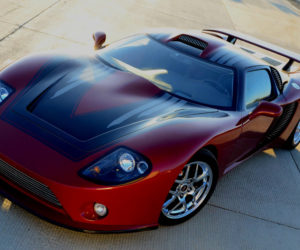
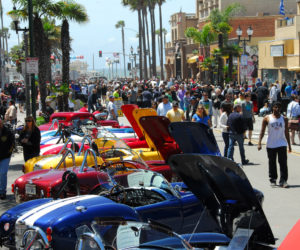
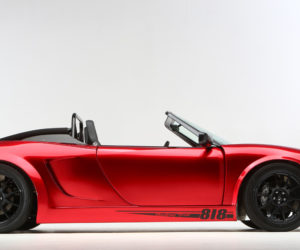




Comments for: Artistic Pursuit
comments powered by Disqus